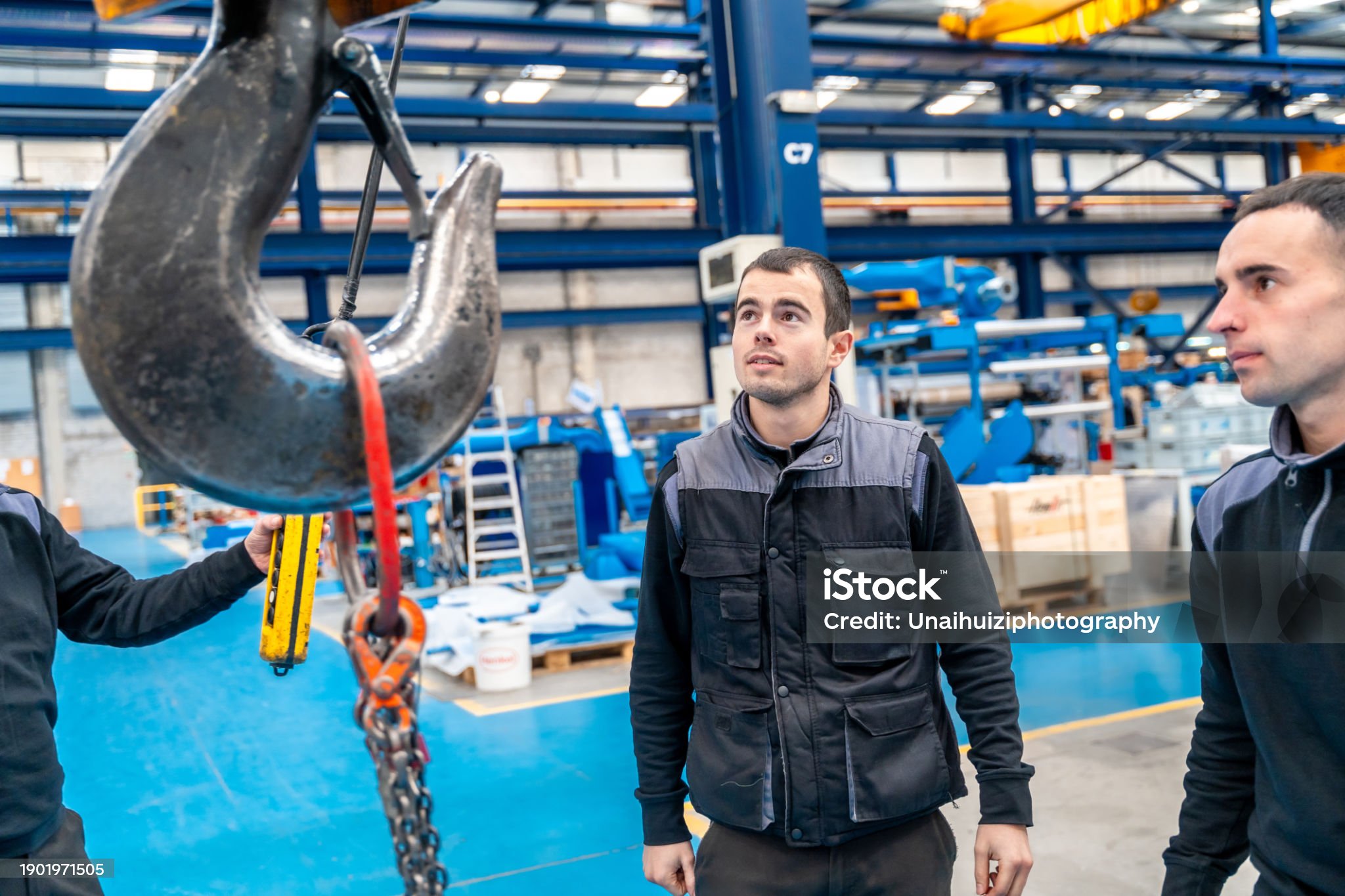
Having the right tools creates a world of difference when working with high-capacity load job sites. Most of the time, these areas deal with weighty materials or equipment and complex tasks that require specialized gear.
Be prepared to do any work, be it construction, engineering, or otherwise; look up the right tools to help you work more efficiently, safely, and effectively.
In this article, we will talk about seven must-have tools on high-capacity load job sites, which would make even the most challenging projects very easy to finish.
1. Micropiles
Let’s start with one essential, often overlooked tool: micropiles. They’re super-strong, skinny versions of regular foundation piles. Micropiles are perfect for high-capacity load job sites since they hold much weight within a small space.
Imagine building a high-rise building or heavy bridge on soft ground. Micropiles play this role. Thin piles are dug deep into the earth, filled with hard materials like cement grout and steel bars. Though their diameter is small-typically associated with values from 4 to 12 inches wide-micropiles can withstand heavy loads.
What’s excellent about micropiles is that they work in tight locations where big machines can’t fit, and they are suited for restoring old buildings needing stronger foundations. Besides, installing micropiles doesn’t make too much noise and causes minimal vibration-very useful when work occurs in busy areas. This makes them particularly valuable for job sites of high capacity loads in urban or sensitive environments where traditional heavy equipment might be impractical or disruptive.
2. Heavy-Duty Cranes
Heavy-duty cranes are the workhorses that handle load job sites of high capacity. This kind of powerful machine becomes more of a necessity for lifting and moving massive loads that would be impossible to handle manually. From tower cranes reaching dizzying heights to mobile cranes fitting into tight spaces, there’s a crane for every job.
Modern cranes come with computer-controlled lifting systems that support load calculations and distribution by the operator. This kind of technology offers better job management and is much safer for all on-site workers. Therefore, when selecting a crane, consider the factors of maximum load capacity, reach, and mobility required for your project.
3. Hydraulic Jacks and Lifts
Hydraulic jacks and lifts are, therefore, very vital tools for a high-capacity load job site. These versatile devices use fluid pressure and lift heavy loads. They are suitable for many applications, from raising vehicles for maintenance to positioning significant structural components.
Developing enormous force while requiring relatively little effort sets hydraulic systems apart from their various counterparts. These are perfect solutions for situations where one is short of space or needs close control. Look for sturdy construction, reliable safety features, and appropriate load ratings in jacks and lifts.
4. Heavy-Duty Forklifts
Forklifts, also called lifts and forklift trucks, are usually the unsung heroes of many high-capacity load job sites. These powerful machines can move around the site’s pallets, containers, and other heavy contents. When handling high-capacity loads, choosing appropriate specifications for forklifts is vital.
Pay attention to everything from the lift capacity to the maximum height lifted to the terrain you will work on. For example, rough-terrain forklifts run oversized, heavy-duty tyres explicitly made for uneven surfaces like those found on construction sites. Some modern forklifts have advanced features such as load sensors and stability control systems to help prevent accidents and safeguard the operator.
5. Industrial-Grade Hoists and Winches
Hoists and winches are the biggest, essential devices for lifting, lowering, and pulling heavy loads in high-capacity job sites. These devices come in different varieties, including chain hoists, wire rope hoists, electric winches, etc. Each has strong points that differ and are adapted to numerous applications.
For example, chain hoists are robust and nonexistent for heavy lifts. Then again, wire rope hoists are favored for their smooth activity and higher lifting velocities. In choosing a hoist or winch, pay extremely close consideration to the limit, lift the stature of the load, and influence supply-manual, electric engine, or pneumatic-to remain by particular employment demands.
6. Load-Bearing Platforms and Scaffolding
Workers at high-capacity load job sites often work from an elevated area or on large structures. Load-bearing platforms and scaffolds provide temporary structures where workers and their tools and materials have a secure and stable working surface.
The newest scaffolding systems are designed to be modular and easy to assemble. This saves time due to fast assembly and readjustment in any other place after use. Try as much to get one that offers high load capacity, strong guardrails, and surfaces that do not slip to ensure maximum safety for the people using them.
Some advanced systems will have built-in ladders, trap doors, and adjustable legs, making them versatile.
7. Heavy-duty slings and Rigging Equipment
Good-quality slings and rigging equipment are essential for securing and lifting heavy loads. These tools distribute the weight of the load while simultaneously providing secure attachment points for cranes and hoists.
One can choose from sling types: wire rope, chain, and synthetic web. Each of these has advantages and is suited for different applications. On the other hand, wire rope slings possess both strength and high-temperature resistance, making them ideal for numerous industrial applications.
Wrapping Up
Working on high-capacity load job sites can be challenging, but the odds of success are always higher with proper tools. From heavy cranes and hydraulic jacks to monitoring devices, each critical tool among the seven named below has a specific job that will guarantee efficiency, safety, and success on any worksite.
It is not sufficient that one has the right equipment; one must also provide proper training to every worker on how to use them. So, regular maintenance and inspection will follow precise measures of safety that help prevent accidents and increase productivity to a higher level.
The post 7 Essential Technology Tools For High-Capacity Load Job Sites appeared first on Datafloq.






